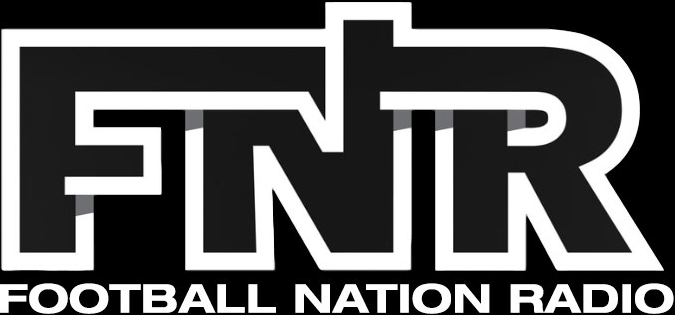By Louise Taffa
The launch of Australia’s professional competitions are a little over a week away, yet something appears to be missing.
As the country’s football fans gear up for another season, one can’t help but notice talk of the National Youth League has been non-existent.
The competition is normally played in conjunction with the A-League – beginning in early to mid-November and running through to the end of January.
But it’s lack of attention should not come as any surprise.
The NYL has always been forced to live off the scraps of the A-League – which is hardly promoted in the first place – meaning its task of obtaining greater interest was always going to be a difficult one.
But this season’s deafening silence by Football Australia and the clubs may just be the final straw.
Players and coaches privately confirmed the NYL will be called off this season due to ‘restructuring and financial short-falls’.
Some A-League clubs also considered the NYL to be a ‘financial burden’ before the COVID-19 pandemic hit.
Is that really good enough though?
With this, there’s practically no investment in Australia’s next generation.
Football Australia closed down the renowned and proven Australian Institute of Sport and FFA Centre of Excellence program, citing the funds could be best placed elsewhere.
Three years down the track and where has that money gone and how are players better off?
The answer is, they’re not.
People can make as much noise as they want about Australia’s lack of youth-development and how this should be at the forefront of the country’s curriculum, but this will continue to fall on deaf ears.
Players also begin questioning where the support lies before coming to the realisation the grass is greener on the other side and in the relevant cases, accept offers to be capped by other nations when the opportunity arises.
This is the second time financial issues have affected the competition.
Between the competition’s launch in 2008 and the 2014-15 season, the NYL was formatted in a way which ensured everyone played each other.

From 2015-16, the competition took a turn. It was split into conferences and even had its season shortened from 18 games to eight as a cost-saving measure and to reduce travel budgets.
Clubs would only play those closest to them geographically: Conference A consisting of Adelaide United, Brisbane Roar, Melbourne City, Melbourne Victory and Perth Glory, while Canberra United, Central Coast Mariners, Newcastle Jets, Sydney FC and the Western Sydney Wanderers were in Conference B.
In doing so, this has created a monotonous season every single time.
In addition, these sides have also been placed in their respective states’ National Premier League competitions.
If it were up to the coaches and players, many would see the NYL return to its original format to mix up the competition and pit the country’s best youth against one-another.
So where does this leave Australia’s youth, aged 16 to 21, who would normally be gearing up to play their second or third round of the NYL season?
They miss out yet again on crucial development, which is a topic that rears its ugly head in many national team discussion forums and segments on magazine shows.
If the youth aren’t playing competitive games, they aren’t acquiring enough match minutes or experience. This in turn has a ripple effect on the production and future of the Socceroos – not to mention the youth national teams such as the U20 Young Socceroos who haven’t qualified for an U20 World Cup since Turkey 2013.
If Australia is happy with not being competitive on the international stage, then by all means, continue down this path.
It appears this wound has worsened and it will be Australia’s best young players who will be the biggest casualties.
Featured Image – Getty Images



